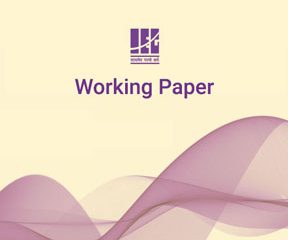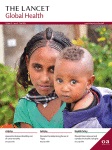
Growth Matters? Revisiting the Enigma of Child Undernutrition in India
Working Paper No- 418
Higher economic growth in the post-liberalization phase since the 1990s was expected to translate into rapid all around improvements in well-being of the people. A notable exception in defiance of this association is apparent in the form of a persistently high level of child undernutrition in the face of rapid economic growth in India. We revisit this discordant association in this paper. Our findings are based on the analysis of four waves of the National Family Health Survey (NFHS 1992-93, 1998-99, 2005-06 and 2015-16) data on child undernutrition, demographic and socioeconomic characteristics of households and the per capita state domestic product. Descriptive statistical analysis as well as econometric methods including multilevel logistic models are used to understand the association between child undernutrition and economic growth. Sensitivity analysis is conducted to comprehend the robustness of the association across alternative specifications and adjustments. In particular, effect of growth on child undernutrition are found to be changing in analysis of NFHS third and fourth waves data compared to combined data in all the four waves. We argue that the quantum of growth is important for effect to be felt on child undernutrition. Apart from relying on growth, direct investment in health and nutrition sector is recommended as an important priority for policymaking.
Find on this page
Contact Us
Institute of Economic Growth, University Enclave, University of Delhi (North Campus),
Delhi 110 007, India
contact-us@iegindia.org
+91-11-27666364/6367, 27667101/7288/7365/7424
+91-11-27667410




